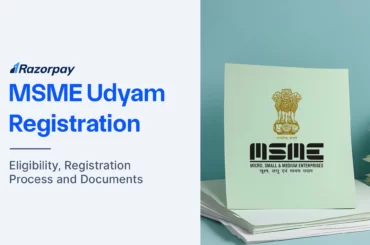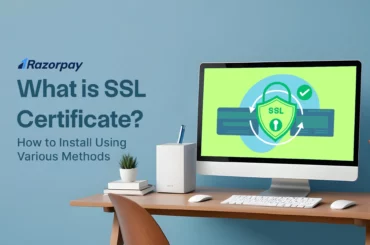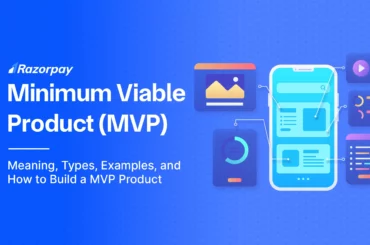To start with, let’s talk about the simple truth of any business. The end motive of any business is to get their customers to use the service they offer or buy the products they have in store.
Almost every decision they make – from what they sell, the location they build the office in, whom they hire, etc leads to a common goal: bring in a maximum number of customers to the business.
A number of businesses develop something called buyer persona to allow themselves to target the right audience as they plan a roadmap for their business. This guide will help you understand the basics of the buyer persona and how you can use them to grow your business.
Table of Contents
What is a buyer persona
A buyer persona is a fictional character that defines a company’s ideal target customer. It is usually a compilation of a customer’s problems, ambitions, demographical and psychological details and more. A buyer persona helps the business and its marketers in shaping the product and the content in a way that appeals to their audience.
The buyer persona has all the information that is required to shape your marketing efforts to capture your target audience’s attention through website content, blogs, emails, ebooks, social media posts and so on.
Identifying your buyer persona
While you start creating your buyer persona, the first step is to sit back and practically identify the right set of customers motives. By this, we mean, you should create a realistic interpretation of your customer’s background, aspirations, pain points, etc and compile a list of these. Remember, the more descriptive information you get, the better it is.
It’s always recommended to have a set of about three to five personas in case you have a business with a number of verticals that solves the needs of different audiences. You must try and talk to all customer-facing teams in the organisation to understand what is the most valuable set of audience or customer for your business.
[Also Read Minimum Viable Product: Meaning, Purpose & Example]
Building a buyer persona
One of the things that define the best set of a buyer persona is a descriptive one-pager rather than a list of some bullet points. Your buyer persona should combine the reasons as to why a potential customer would be looking for help and why would they choose your business over your competitors.
Do not miss including the following in your persona:
-
- Bio: Name, age, demographic details
- Professional background: Job role, employer, responsibilities
- Pain points: The hurdles that the individual may face that causes him/her to look for an alternative solution
- Points of resistance: Reasons why the individuals may be hesitant to invest their time and/ or money in your company
- Social, physical and technological environment: What are the usual challenges and the wins for the individuals in their social, physical and technological environment
- Effective messages: What style, tone of voice, phrases and words will best draw them in and take an interest in your content
- The ideal solution (technology-based and otherwise): The ideal solution they would be looking for that would lead them to contact your company
Creating a detailed persona that includes the details mentioned above will help you create an accurate depiction of your customer. In the long run, this will help you create marketing material that convinces your ideal customer that you can solve their problems.
Using your persona
It is seen that the buyer personas are drafted under pressure or in some cases, by an individual under a burst of marketing enthusiasm. And a few days later, these stay as just another document between so many others.
Here’s a pro-tip: make sure your buyer persona is on point and practical enough to be adopted by everyone across the organisation for its actual adoption.
When implemented well, they can have a drastic impact on your overall business strategies. Here are some takeaways to help you make sure that your buyer personas are used in the best way:
- Build landing pages specifically for your buyer persona and optimize them for impactful SEO
- Write long and short-form content based on the mind mapping of your buyer persona and measure the impact
- Regularly update the personas, after events, campaigns, etc so they are always the most accurate representation of your current target audience
Personas lay the groundwork for any current and future marketing and overall business activity, as well as help you develop a long-term strategy.
Things to avoid when creating your persona
Now that you know the basics, here are a few things that you must avoid:
- Do not meet just one customer: While creating a buyer persona, it seems like one of the easiest options to go for is to meet one customer and create a document. Remember, a good persona comprises of all your core customers and needs to have details from multiple folds
- Do not assume: It is possible to judge or assume things about your audience without even realising that you are doing it. Be mindful of your thoughts and biases when it comes to their age, gender, location and so on. Allow your customers to tell you about themselves
- Do not be generic: To make the process short, do not divide your persona like ‘between 30-45 years old’. This is a wide age range and a human mind sees multiple things within this span. Make sure you pick up right sample sizes and be very precise, especially with minute details like these
Examples of a buyer persona
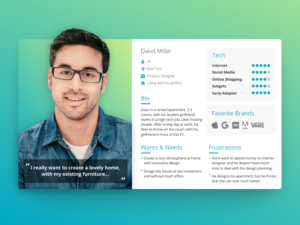
Source: Via Ofer Ariel on Dribble
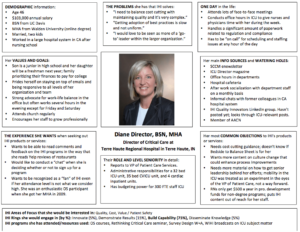
Source: Buffer
In the long run, a buyer persona helps you identify your audience correctly and powers you to solve their problems in a better way.
Also, when you solve the problems of your audience, not only them but you win too. Basically, it’s a win-win for everyone!
As mentioned above, make sure you include a maximum number of people while creating personas to gain a broader perspective and varied information. Once you have your personas detailed out, act on them by using correct messaging with powerful strategies as they pass through your funnels.
Recommended Reads


